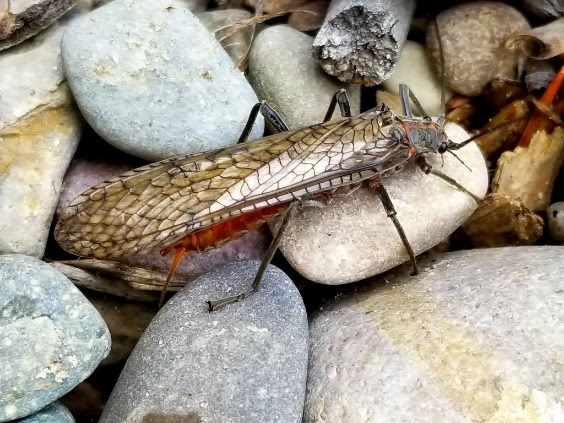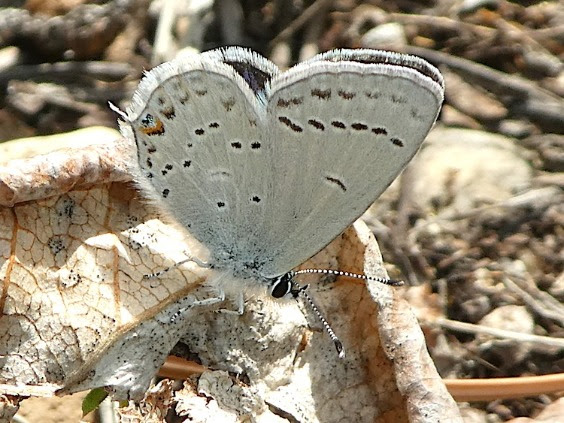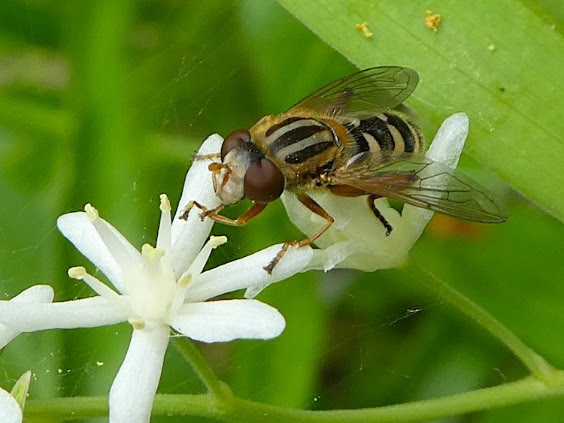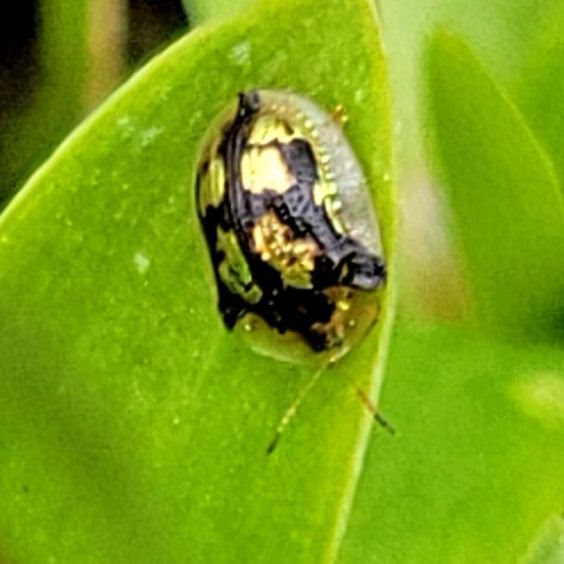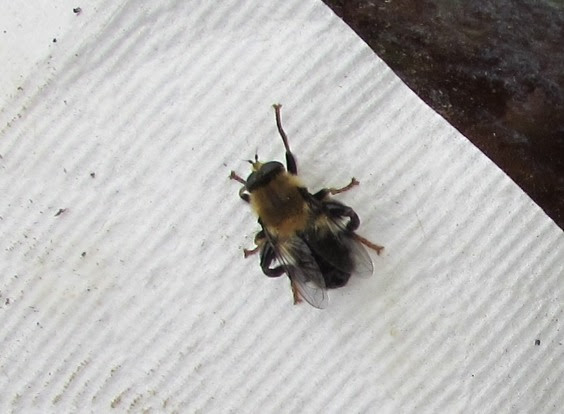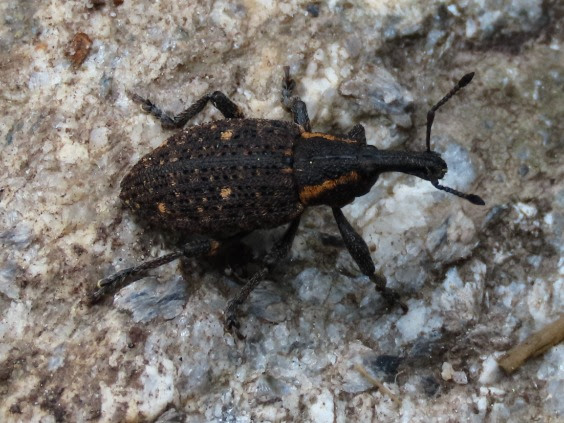he Western Pine Elfin is a nickel-sized butterfly, stunningly banded with rich reddish-brown and black. After overwintering in its chrysalis stage, it emerges and takes to the air from May to […]
Read MoreArticles by: Butterfly House
Giant Stonefly (genus Pteronarcys)
Lisa included this quick note with her three photos, “Went to the swinging bridge up Rock Creek. Salmon Fly hatch was going crazy!” What an amazing event to witness! The […]
Read MoreGoldenrod Crab Spider (Misumena vatia)
Goldenrod Crab Spiders are masters at blending in. These spiders can change their color over several days (ranging from yellow to white) in order to better blend in with their […]
Read MoreSphinx Moth (Smerinthus ophthalmica)
Reportedly, this is one of the most common and widespread moths in the Pacific Northwest, but that doesn’t make this sighting any less special. Adults fly in mid to late June […]
Read MoreWestern Tailed-Blue (Cupido amyntula)
These tiny butterflies (wingspan of only an inch) are one of our smaller species of “blues”. While the tail is small and hard to see, the Western Tailed-Blue is the […]
Read MoreRed Flat Bark Beetle (Cucujus clavipes)
This observation is an older one, but too cool not to share! Kamal reports, “It flew and landed on the clothing that matched its color.” We wonder if this was […]
Read MoreHover Fly (genus Helophilus)
We believe this fly is in this genus due to its lengthwise-striped thorax and transverse striped abdomen. The name Helophilus means “marsh lover,” which fits the location this individual was found, the […]
Read MoreMottled Tortoise Beetle (Deloyala guttata)
These flashy beetles can be found in fields, meadows, gardens, lawns and yards across eastern North America to the Rockies (Noza Scotia-Florida to Alberta-Texas) to Venezuela / West Indies. Both […]
Read MoreBee-like Hover Fly (Mallota bautias)
Kathy got into her compost bins and “moved a bit of bottom dirt from the older into the new, gave it a spin, opened it again and suddenly had dozens […]
Read MoreSnout Beetle (Lepyrus oregonus)
Aptly named, snout beetles have a “snout” (rostrum) tipped with chewing mouthparts. And while other beetles may have snouts, they lack the distinctive elbowed, clubbed antennae. Adults of this handsome […]
Read More
